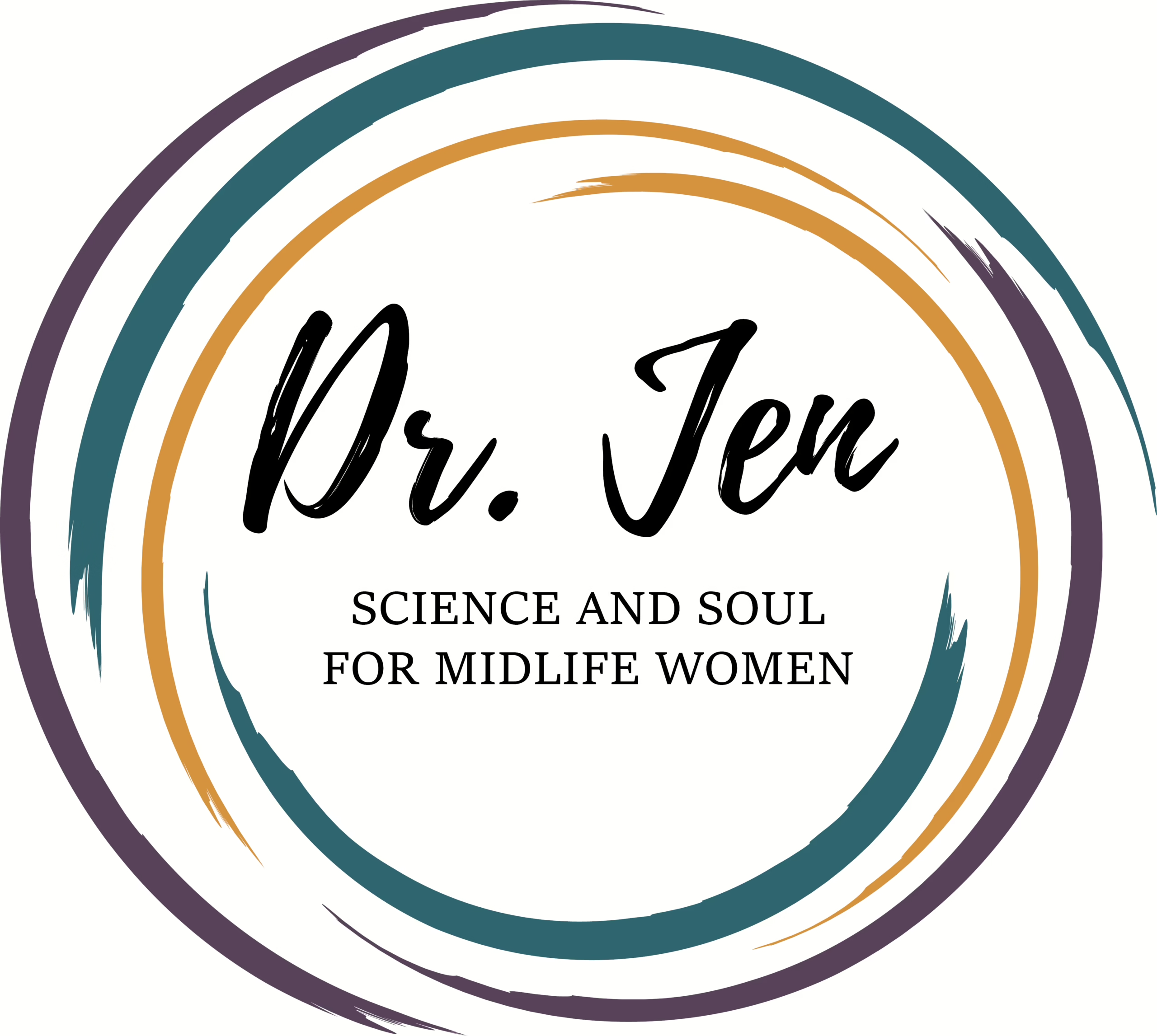How nervous system literacy changes the way we use our hands, language, and labs.
The Moment Before Contact
Every practitioner has felt it: the moment just before you place your hands.
The space is thick with information—breath tempo, microtremor, guarded tissue.
The body already knows you’re there.
What happens next isn’t just technique. It’s translation.
Touch is language. The nervous system reads it in nanoseconds.
But here’s the problem: most modern “healing” systems teach touch as a mechanical event or skip it altogether. We were trained to evaluate from above the neck, as if the body were an object to be managed instead of a field to be felt.

Every Input Is a Signal
Touch, tone, temperature, even eye contact—each is an electrical input interpreted through a client’s nervous system.
The difference between regulation and re-traumatization often comes down to whether that input matches their current capacity.
A hand that lands too fast, a voice that insists, a test that’s ordered without context—each can read as threat, even when intentions are good.
That’s why “clinical accuracy” starts with state awareness, not lab literacy.
Until a practitioner’s own system is coherent, every tool they use—palpation, questioning, even silence—risks distortion.
Mechanotransduction Meets Resonance
Physiology isn’t separate from touch. It is touch.
- Mechanoreceptors translate pressure into ion flow.
- Fascia transmits frequency.
- CSF pulse modulates brainstem tone.
- Vagus endings monitor vibration more than logic.
So when your hands rest on tissue, they aren’t “doing something to it.” They’re entering a conversation already in progress.
A coherent practitioner nervous system can downshift a client’s limbic reactivity faster than any supplement or lab tweak.
That’s mechanotransduction meeting resonance—physics before pharmacology.
Through the Vital Clarity Code™ Lens
🌱 Regulate: Before entering contact, orient your own system. Feel gravity, breath, temperature.
🌀 Rewire: Let touch become feedback, not intervention. Notice what your hands learn, not what they “do.”
🔥 Reclaim: Language, tone, and lab data become secondary translators of rhythm.
✨ Resonate: When state coherence holds, translation becomes effortless—your nervous system tunes the room.
This is how touch evolves from mechanical to musical.
🪶 Micropractice — “Hand Tune”
- Before your next session (client or self), hum a long, low note on the exhale until your palms start to vibrate.
- Place one hand on your sternum, one on your lower abdomen.
- Feel whether the hum continues through them.
- If it stops in one, that’s where you’re braced.
- Stay until the vibration equalizes.
You’ve just re-tuned your signal. That’s coherence—no gadget required.
TL;DR
Touch is translation.
The quality of your hands, voice, and gaze carries more diagnostic power than any panel.
When the practitioner’s nervous system is regulated, their presence reorganizes physiology by resonance.
That’s the future of medicine—one coherent signal at a time.
If this language feels like home, join the Practitioner Notes list. That’s where the next phase of this work will unfold.
